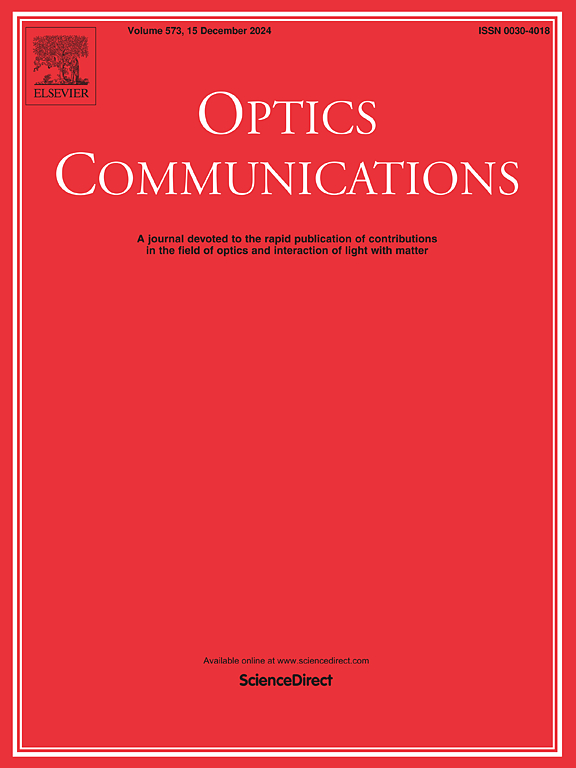Passive-state preparation continuous-variable quantum key distribution with an independent source
IF 2.2
3区 物理与天体物理
Q2 OPTICS
引用次数: 0
Abstract
This paper employs an independent source to enhance passive state preparation continuous-variable quantum key distribution. In contrast to the original passive state protocol, the entanglement source is controlled by an untrustworthy third party, Charlie, rather than the sender. Alice and Bob are individually connected to Charlie through insecure channels. Moreover, the asymptotic key and finite-size analysis are used to evaluate the security of the proposed protocol. We also examine this protocol in one and two-dimensional scenarios. The simulation shows that one-dimensional protocol can significantly increase the maximum transmission distance. However, it is crucial to exercise caution when implementing two-dimensional protocol in practical settings, as the performance profile of two-dimensional protocol is intricately linked to the communication pinch angle and the location of the entanglement source.
求助全文
约1分钟内获得全文
求助全文
来源期刊

Optics Communications
物理-光学
CiteScore
5.10
自引率
8.30%
发文量
681
审稿时长
38 days
期刊介绍:
Optics Communications invites original and timely contributions containing new results in various fields of optics and photonics. The journal considers theoretical and experimental research in areas ranging from the fundamental properties of light to technological applications. Topics covered include classical and quantum optics, optical physics and light-matter interactions, lasers, imaging, guided-wave optics and optical information processing. Manuscripts should offer clear evidence of novelty and significance. Papers concentrating on mathematical and computational issues, with limited connection to optics, are not suitable for publication in the Journal. Similarly, small technical advances, or papers concerned only with engineering applications or issues of materials science fall outside the journal scope.
 求助内容:
求助内容: 应助结果提醒方式:
应助结果提醒方式:


